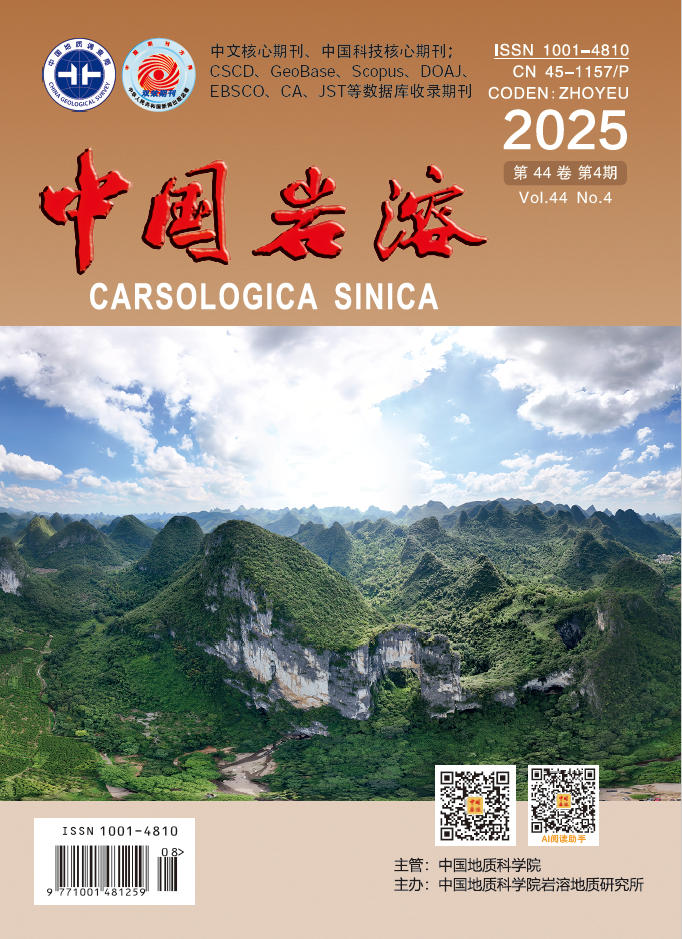2015, 34(3): 217-227.
doi: 10.11932/karst20150303
Abstract:
In recent years, with rapid development of geothermal industry in the main urban area of Chongqing, both the risk of development and difficulty in scientific management of geothermal resources have increased. In order to realize the reasonable exploitation of water resources, to avoid human overexploitation, and to ensure the sustainable development and utilization of geothermal resources, this article analyzes the characteristics and formation of karst water resources in this area, involving the heat source, recharge, runoff, discharge conditions, holding capacity, and mineral components. The results suggest that this area has a great reserve of geothermal water which is 342.75×108m3 in total, primarily existing in the Triassic Jialingjiang Formation limestone of five big uplifted anticlines. The cap rocks are Upper Triassic Xujiahe Formation and Jurassic red sandy mudstone, underlain by Triassic Feixianguan Formation sandy shale as the heat insulation layer. The heat of the geothermal water comes from geothermal temperature increasing, and rainfall supplies the water. Its formation process is as follows: Meteoric water infiltrates downward into the outcropped limestone to form underground water in the shallow subsurface in Huayingshan, Tongluoshan, Daloushan and valleys of other anticlines. Part of this water migrates toward depth along cracks of the limestone. Meanwhile geothermal water flows along structural lines to north or south, resulting in runoffs. During the migration, the water dissolves and accumulates mineral salt and microelements, and enhances its temperature by thermal conduction. It exposes as springs at valley sections with river incision or at structural weak portions, or is released by artificial drilling wells. The thermal reservoirs are usually as deep as 2 000-2 500 m, where the geothermal water cycles slowly with ages of formation as long as 8 000-17000 years. In recent years, human activity, particularly tunnel excavation has imposed serious impact on geothermal water resources in the study area. We suggest that monitoring and management of development to these resources and environmental protection should be strengthened to ensure their sustainable utilization.






